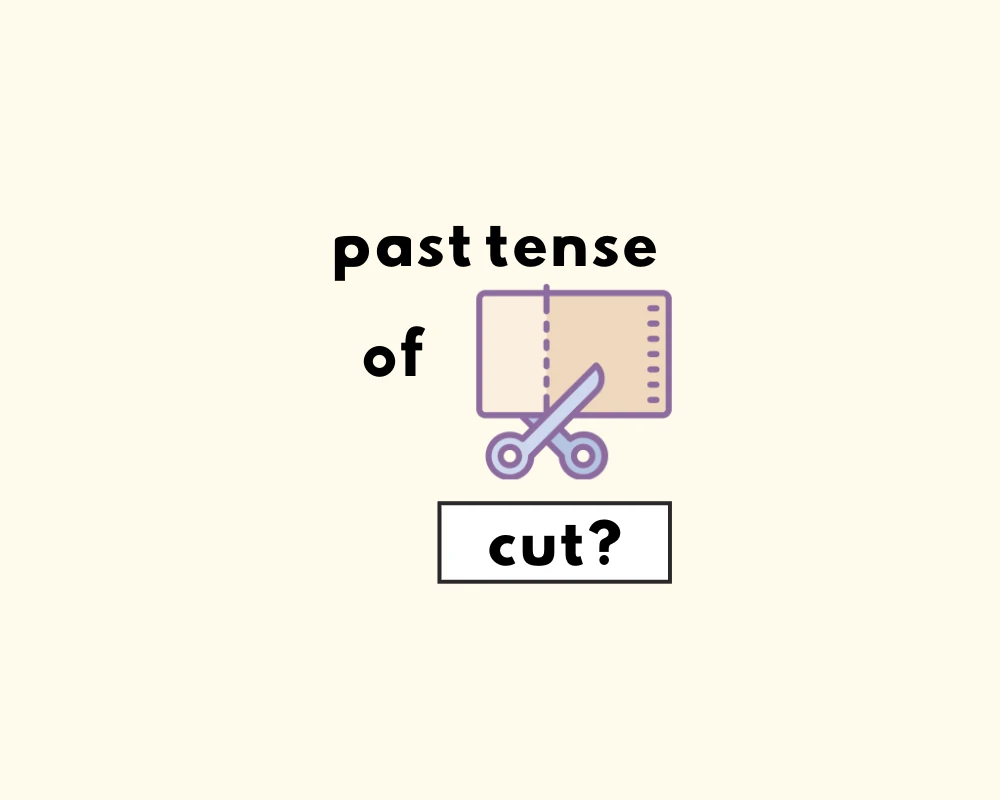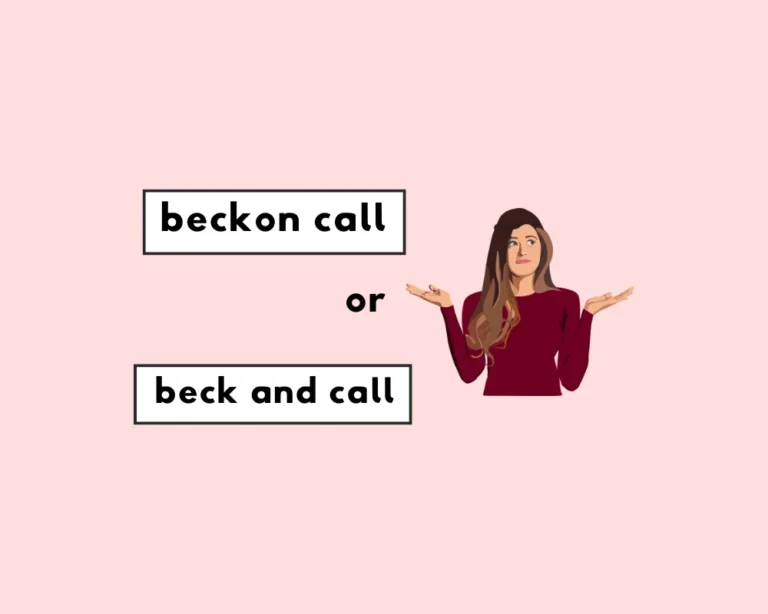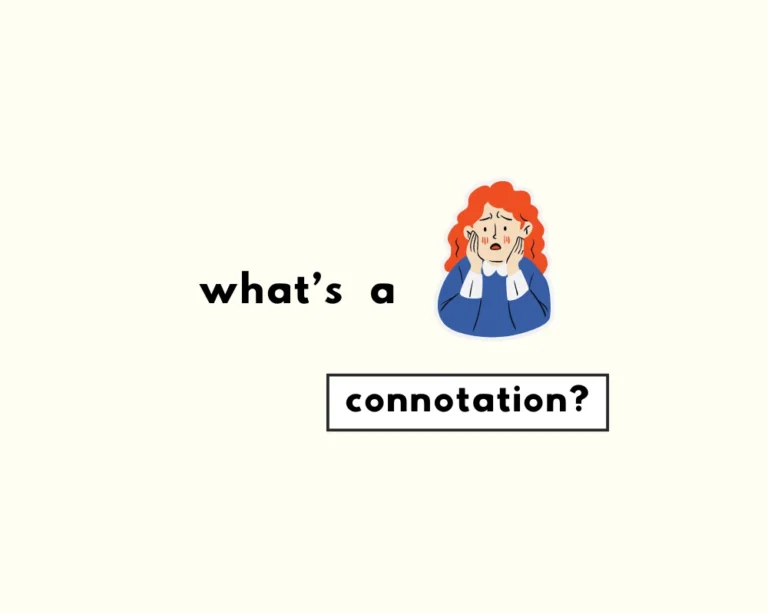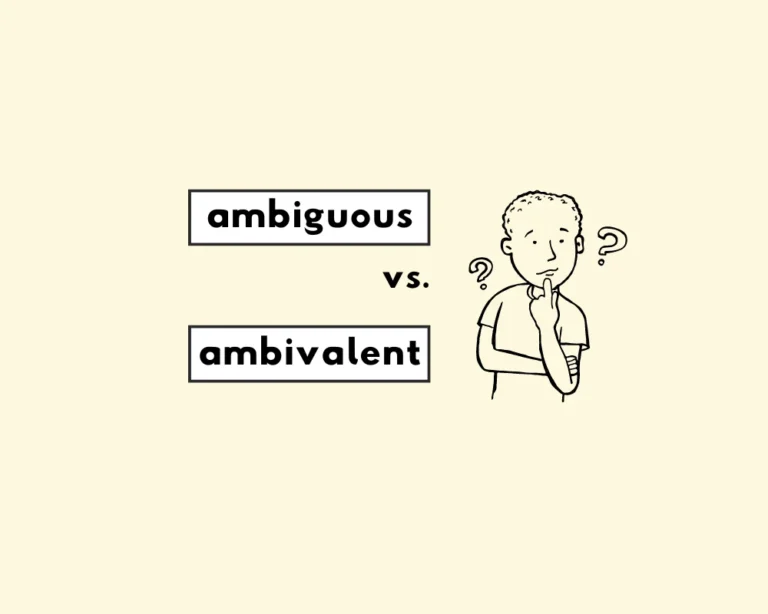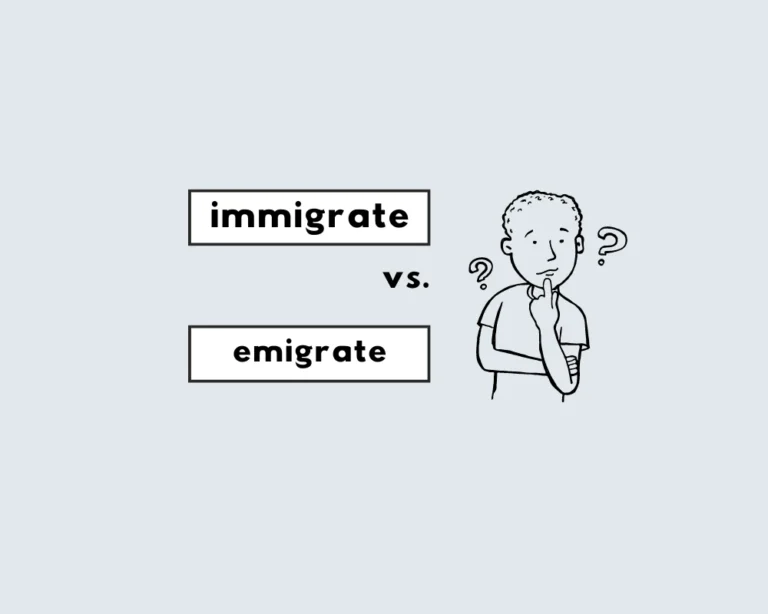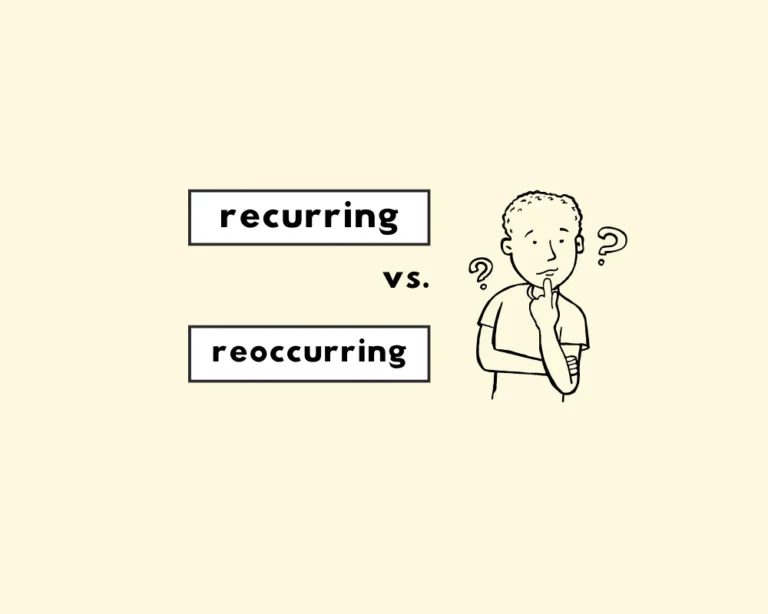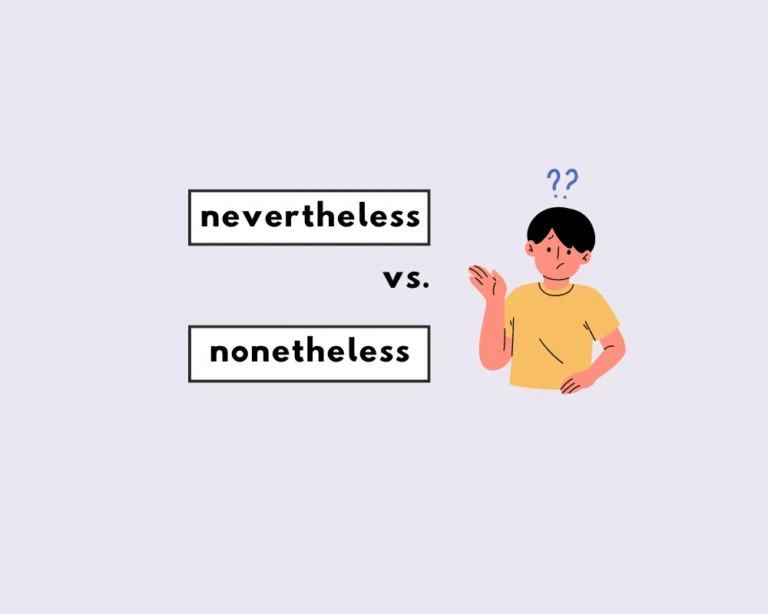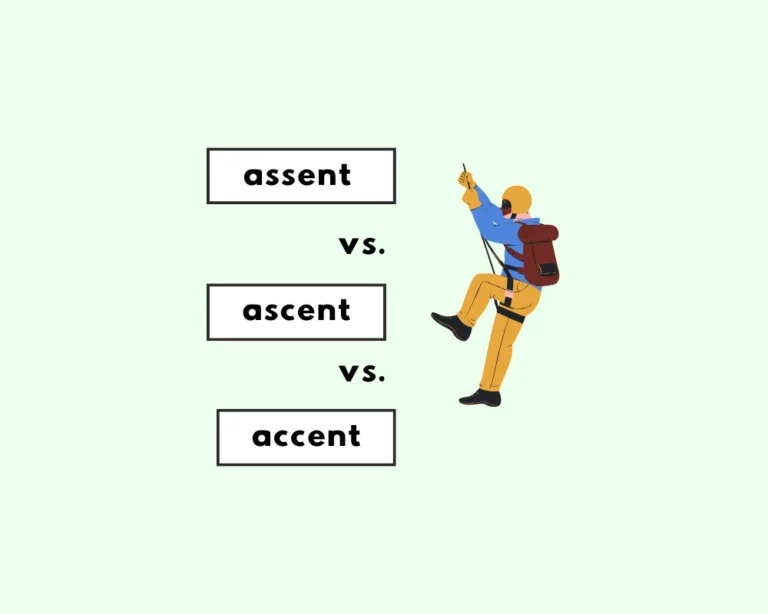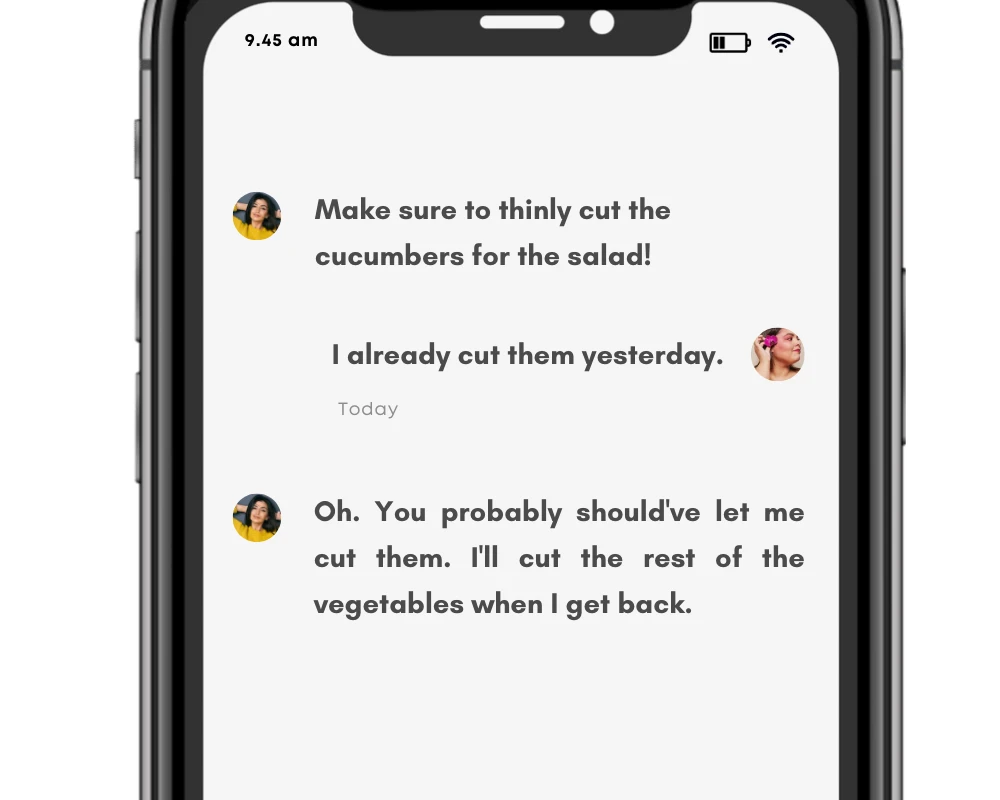
They say “the first cut is the deepest”, but can we determine which tense of cut the adage refers to? What’s the correct past tense of “cut”?
Contents
Toggle
What’s the past tense of cut?
Cut is irregular in that it does not end in –ed in its past forms. This makes the verb cut tricky for us English speakers, since, normally, the rule is to add an –ed to denote the past tense. See the following:
- Cut uses one form in the present, past and as a past participle verb.
- Cut is irregular because it doesn’t change at all to denote the past, and it does not end in “-ed” as a past tense.
Verb forms of cut
Let’s define the topic first. The verb cut, as defined by Collins Dictionary:
If you cut something, you use a knife or a similar tool to divide it into pieces, or to mark it or damage it. If you cut a shape or a hole in something, you make the shape or hole by using a knife or similar tool: Mrs. Haines stood nearby, holding scissors to cut a ribbon.
| present | past | future | |
| simple | I cut | I cut | I will cut |
| continuous | I am cutting | I was cutting | I will be cutting |
| perfect | I have cut | I had cut | I will have cut |
| perfect continuous | I have been cutting | I had been cutting | I will have been cutting |
Irregular verbs with one past tense (like cut)
Irregular verbs come in various forms, but certain verbs show no change between the present, past and its past participle form.
This is true with the verb cut, and other irregular verbs like hurt, shut, bet and set. Cut in the present participle is cutting, i.e., ‘I’m cutting the carrots for the salad.’ In the third-person singular, cut simply adds an –s and is cuts: ‘He cuts the wood with one clean chop of the knife.’ Here’s a chart showing other irregular verbs with one verb present and past tense:
| base verb | past tense | past participle |
| cut | cut | cut |
| burst | burst | burst |
| bet | bet | bet |
| shut | shut | sunk |
| hit | hit | hit |
| set | set | set |
1. To cut is in the present tense: Cut the tomatoes in half vertically.
2. Cut is the simple past: Yesterday, I cut wood to build a fire.
3. Cut is also the past participle: She had wanted to cut the turkey before bringing it to the table for serving.
Past tense vs. past participle of cut
past simple: She cut the paper with a pair of scissors.
past perfect tense: John had cut an equal slice of the pie for everyone.
Cut has one form in the present and past tense, which is just cut. The past simple vs. past participle form of cut is distinguished based on auxiliaries/helper verbs, such as had/have, to form perfect or continuous tenses.
Simple tense constructions don’t use auxiliary verbs, so this makes it straightforward to tell apart sentences in the present/past perfect tenses from a simple tense.
‘Cut’, used in present tense, in sentences
| Examples: “cut“, present tense |
| Cut the tomatoes in half vertically. Make sure to thinly cut the cucumbers. The employer wants to cut back health benefits. Mr. Long was now cutting himself a piece of the pink cake. |
‘Cut’, in the past tense/past participle, in sentences
| Examples: “cut“, past tense |
| He had cut the cake into thin slices before passing everyone a piece. Yesterday, I cut wood to build a fire. The President was asked to cut the ribbon at the opening ceremony. Ashley had cut out the figures before they began the work on pasting. |
Synonyms of cut
- gash
- slash
- nick
- slit
- incise
- lacerate
- penetrate
- pierce
- injure
- hurt
- lance
- perforate
Phrases with the word cut
| expression | meaning |
| not cut out for | not suited or able to do something, normally a difficult task |
| cut your coat according to your cloth | to spend within one’s means |
| to run around like a chicken with it’s head cut off | to run around frantically or be in a frenzy |
| a cut above | something better or finer than other things, presumably of the same type |
| cut to the chase | get to the point |
| cut of your jib | said to someone when you like their overall demeanour or way of being |
| cut no ice | for something to have little or no impact |
| cut the mustard | to work or operate in a way that’s satisfactory |
| cut off | often said when driving when someone drives in front of you, or in your lane lane abruptly |
| cut a deal | to make a deal |
| cut corners | find a cheap or easier way to do something, but could compromise the quality or integrity |
| cut down | to make something smaller or more manageable |
Origin of the verb cut
From etymology online on cut (v.):
c. 1300, “to make, with an edged tool or instrument, an incision in; make incisions for the purpose of dividing into two or more parts; remove by means of a cutting instrument;” of an implement, “have a cutting edge,” according to Middle English Compendium from a presumed Old English *cyttan.
Other commonly confused verb tenses
- What’s the past tense of spread?
- What’s the past tense of lead?
- What’s the past tense of choose?
- What’s the past tense of fly?
- What’s the past tense of lay?
- What’s the past tense of drive?
- What’s the past tense of draw?
Learn more about verbs
- What are regular and irregular verbs?
- Transitive and intransitive verbs?
- What are verbs?
- What’re personal pronouns?
- What’s the difference between they’re, their, and there?
- Whose vs who’s?
Sources
- Most material © 2005, 1997, 1991 by Penguin Random House LLC. Modified entries © 2019 by Penguin Random House LLC and HarperCollins Publishers Ltd
- Harper, Douglas. “Etymology of cut.” Online Etymology Dictionary, https://www.etymonline.com/word/cut. Accessed 21 February, 2023.

